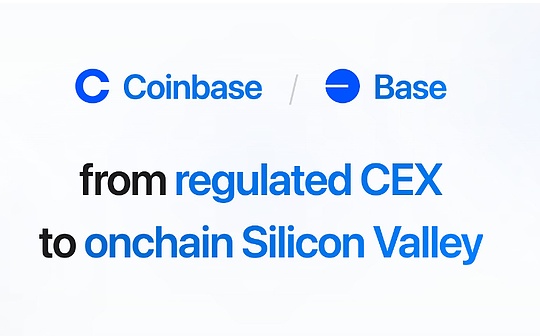
Author: Mason Nystrom, partner at Pantera Capital; compiled by: 0xjs@Bitchain Vision
There are several common crypto business models: exchanges and markets, transaction sorting, asset management.Let’s dig into some examples.
Exchange model
Subset 1. Market Model – Transaction Fees
-
Create new assets and markets (e.g. Polymarket, Perps)
-
Expand access to emerging assets (Coinbase and BTC)
-
Convenience Fee (Swap in wallet)
-
SaaS-Supported Markets – Proof Markets
Subset 2): Liquidity Services
-
Create a valuable professional liquidity pool and charge terminal applications access fees (such as hooks) or market making matchmaking fees (such as Swap)
-
DEX
-
Lending
MEV / Transaction sorting: own and monetize valuable order flows
-
App PFOF (e.g. TG Bots)
-
Sorter mode – have your own sorter and MEV (e.g. L2)
-
SaaS supports transaction sorting and monitoring – RaaS, RPC providers, security providers, oracles, etc.
Asset Management: Fees are charged based on asset management scale or income
-
Custodian – Earn fees based on assets
-
Staking providers, LSTs, LRTs – earn some income
-
Stablecoin issuer








